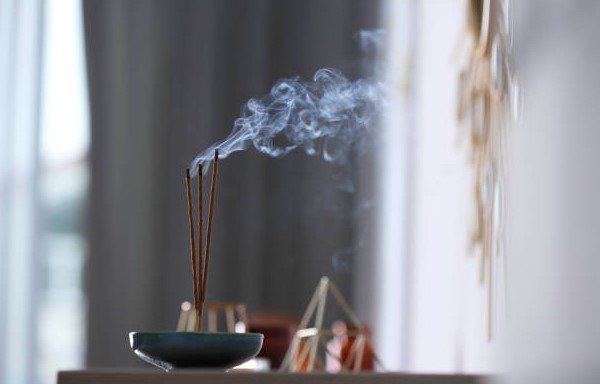Are you wondering what the different types of incense are? Incense has a long history and holds a variety of meanings for the people that use it. From cultural significance to providing aromatherapy benefits, this product comes in many different varieties.
Curious about what scents are available for you to try out? Wondering how to choose the best incense scents for you? Check out what you should know below.
Cone
Cone incense is one of the oldest varieties of incense, having been used for thousands of years by many cultures around the world. It is widely available in a variety of scents, colors, and sizes.
Generally, most cone incense is made from finely grounded herbs and woods that are hardened into the cone shape and then soaked in fragrant oils.
Popular scents include sandalwood, frankincense, rose, and jasmine. These incense cones are usually burned on top of a small dish with sand or ash in it, which helps to catch the residue produced by the burning incense and ensure that it is burned completely.
Cone incense is often used in religious ceremonies, meditation, and aromatherapy and can add an exotic aroma to any home.
Coil
Coil incense is a type of incense that has long strands of smoldering incense wound into a coil. Different cultures have been using it for centuries for ceremonial purposes, as it is believed to have purifying and protective effects.
The most common types of incense coils are sandalwood, patchouli, and jasmine. These fragrances have calming and spiritual properties, which are often said to have numerous beneficial effects on mind, body, and soul.
Other popular scents include lavender, cinnamon, eucalyptus, and frankincense. Depending on the type of incense coil used, the aroma can last anywhere from a few minutes to several hours.
Stick
Incense sticks are a common form of incense used for burning and creating a pleasant aroma in the home. There are many types of incense sticks available, including wood, resin, floral, herb, and masala sticks.
They come in different shapes and sizes, with scents ranging from floral and sweet to spicy and earthy. When it comes to burning palo santo sticks, it’s best to use sandalwood-scented incense sticks.
To know how to burn palo santo, light one end of the incense and wait for it to catch. Once the end of the stick is glowing, blow out the flame and hold the opposite end of the stick.

Move it back and forth over a flameproof surface, such as a heat-proof bowl, until it emits a fragrant smoke. Allow it to burn until it has reached your desired scent before extinguishing it with a heatproof or metal plate.
Ultimately, all types of incense are typically available in a variety of scents and are often used to create an atmosphere of tranquility or cleansing.
Learn the Different Types of Incense Today
Incense can be an effective way to create a peaceful atmosphere or energize your home. It’s a great way to introduce aromatherapy into your day-to-day routine.
By trying out different types of incense, you are sure to find the perfect one for your home. Try using them today, and be sure to take notice of the differences in each aroma!




